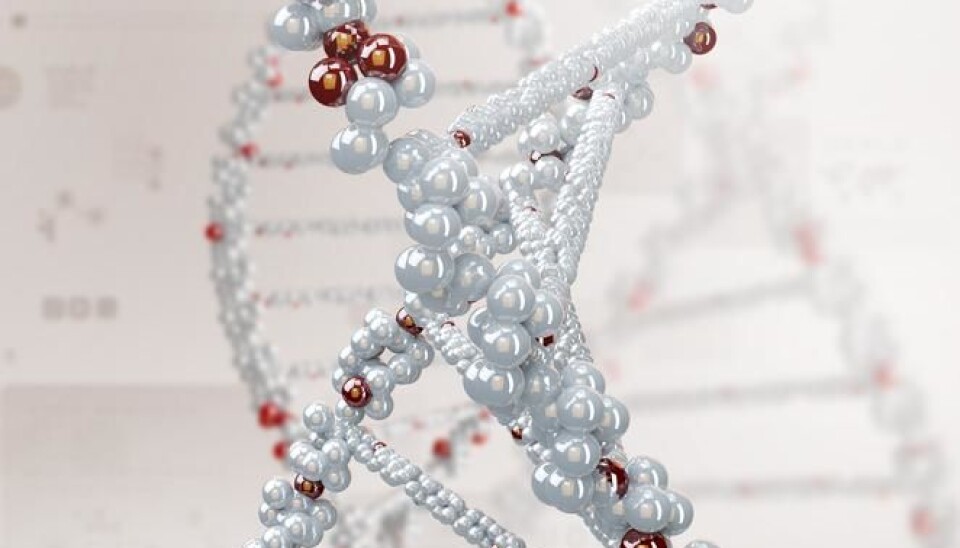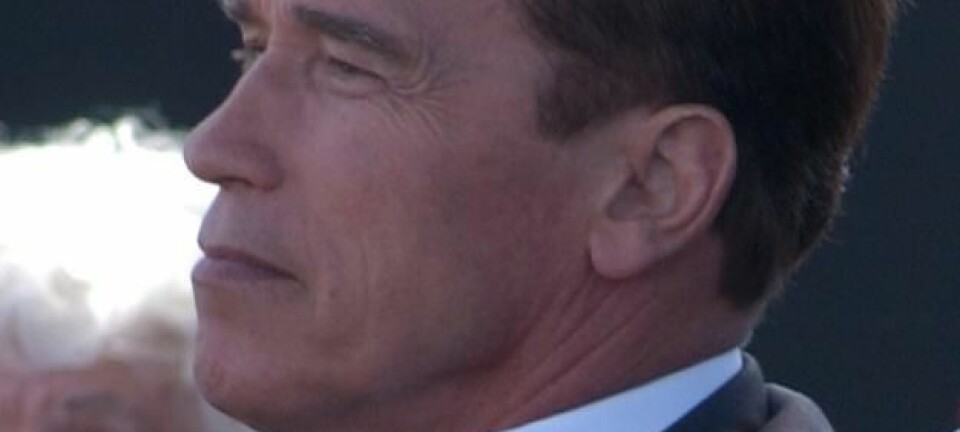
Junk RNA key to maintaining muscle quality?
miRNA, which was once regarded as useless DNA, turns out to be crucial for muscle cell development. Scientists unveil altered expression levels of muscle-specific miRNAs and speculate that this alteration could be one of the underlying mechanisms behind age-related loss of muscle function, revealing possible new perspectives for treatment.
Researchers from the University of Copenhagen have previously shown that young people who exercise a lot are more likely to live a healthy life and to age healthily, and that this may be due to the level of muscle-specific molecules (miRNAs), which used to be thought of as RNA without any function (see Factbox 1).
miRNA molecules help regulate protein formation depending on how much they are expressed. The more a person exercises, the lower the expression of the muscle-specific miRNA, which will lead to a new balance in the expression of the coding genes.
Good news for active elderly
In a new study, we have shown that the expression of three of the four muscle-specific miRNAs – especially in men – is higher in the skeletal muscle of elderly people, and that these molecules are very likely to play a role in the regulation of proteins important for muscle strength and function in the elderly population.
After our training study from 2010 in which we examined the miRNA expression levels in response to a demanding training programme in healthy young men, it seemed like a good idea to look at whether there is also a correlation between ageing, fitness and the expression of the four muscle-specific miRNAs.

We therefore set out to examine whether the same muscle-enhancing conditions would apply to the elderly population, which is usually weaker and may eventually become unable to care for themselves due to a decline in muscle strength.
It actually turns out that elderly people with a declining fitness rate have a higher expression of these miRNAs. This age-related miRNA increase could lead to a decrease in certain important muscle proteins and may thus explain the loss of muscle function.
Manipulation and treatment
It was very exciting for us to see that the physical training condition is so clearly associated with the miRNA levels in the young and the elderly population groups.
The big question now is whether muscle miRNA alterations with age are a direct cause of the age-related decline in muscle function, or whether it is a consequence of ageing. We hope that additional experiments in the future will clarify that.
If we manage to establish a causal link, it would be an incredibly important finding, which can explain the many positive effects of physical activity in the elderly.
We know that training leads to a lower expression of muscle miRNAs and thus a shift in the balance of gene expression.
We hope that it will one day be possible to manipulate and regulate the expression of the miRNAs in the elderly and frail population, where a decline in muscle function and strength can often reduce the quality of life due to the drastic limitations in being able to care for oneself.
This could be indirect treatment by ingestion of drugs that could alter the muscle miRNA levels or direct treatment where miRNA molecules are injected into the muscle. However, medical treatment of diseases targeting miRNAs is in a very early phase and to our knowledge, no one has yet focused on the muscles.
We are only beginning to understand the impact of miRNAs and how manipulation of those could work in the treatment of diseases. However, a great number of studies do focus on this and there is no doubt that this research area has great potential in the fight against diseases. Several studies have, for instance, shown that many types of cancer cells have a dysregulation in miRNAs that control cell division. Targeting those miRNAs could therefore be a tool in cancer treatment.
Physical training trumps testosterone
In addition to comparing the miRNA expression in the muscles of elderly and young people and relating it to their training condition, we also wanted to know whether testosterone, whose functions include the regulation of muscle growth, could affect the expression, since testosterone levels decline with age.
We know that it can, theoretically, because it is biologically possible that the receptors for testosterone can bind to so-called promoter regions in the DNA and can thus start the production of the muscle-specific miRNAs.
Our study participants, of which half had had their testosterone production blocked, exercised on a bike for 12 weeks to help us find out whether exercise or testosterone was the dominating regulator of the miRNAs.
It was very clear that the effect of testosterone disappeared when our participants exercised. So our results suggest that as long as you keep yourself in shape, testosterone is not an important factor for the expression of muscle-specific miRNAs.
This is interesting and new knowledge within the field of muscle research.
-----------------
Read the Danish version of this article at videnskab.dk








